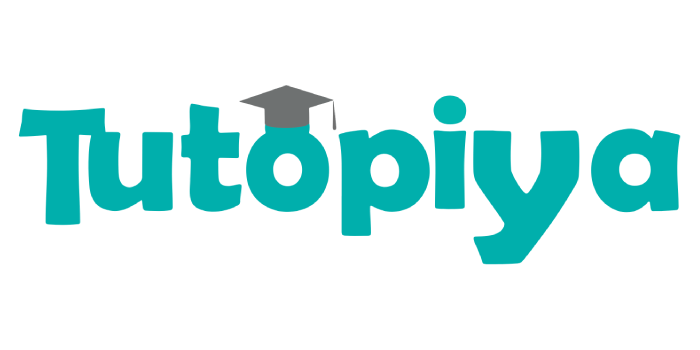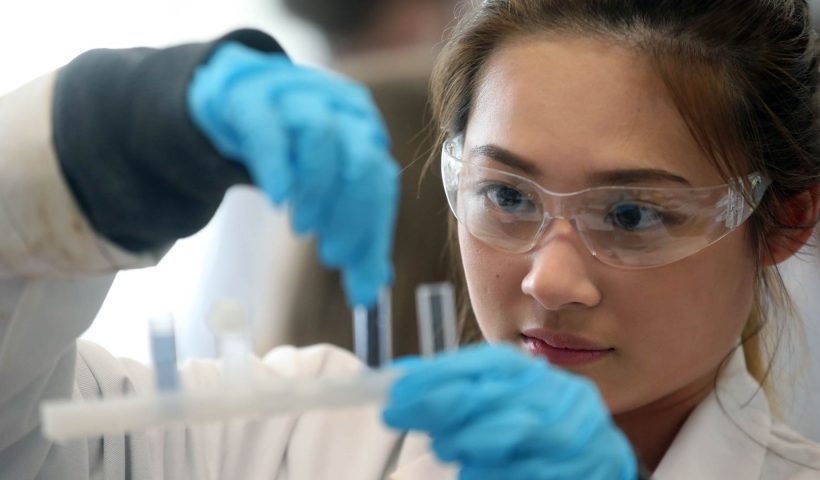Chemistry is a part of Group 4 (Experimental Science) subject in the IBDP curriculum. It is the study related to investigation of properties and relationship…
View More IB Chemistry : Internal Assesment Free Study NotesNext quiz will start on
07 Days
12 Hours
25 Minutes
10 Seconds


